- fork of the PerfDoc performance layer to detect performance issues on PowerVR hardware
- the article provides an overview of performance issues that the layer can detect and possible improvements
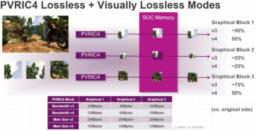
- the article provides an overview of the lighting model used by SculptrVR
- designed for the hardware constraints of the occulus quest
- it’s based on the Phong lighting and supports clay, metal, and glowing materials
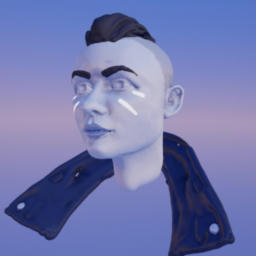
- the article provides an easy to understand overview of Variable Rate Shading
- shows what quality and performance can be expected with different modes
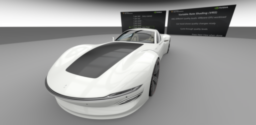
- the tutorial explains the ddx and ddy shader functions
- provides a visualization of its effects
- shows how to use fwidth to antialias a cutoff transition from a gradient
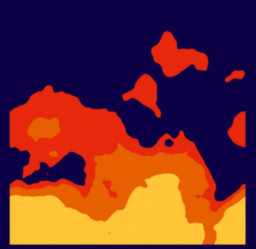
- the Unity tutorial shows how to use transparency to create a look through the object
- later uses a grab pass (copy of the screen buffer before a draw call starts) to implement a glass appearance material
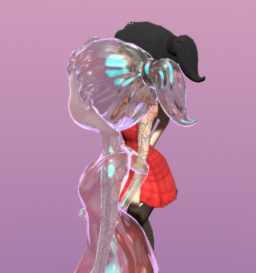
- part 2 of the shader glass material shader tutorial with Unity
- extends the standard lighting model to feature stringer rim lighting, stronger highlights, and a more cartoony overall look
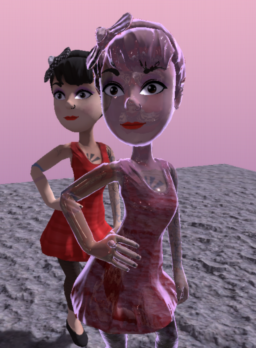
- this Unity tutorial shows how to use the scriptable rendering pipeline to implement up to 4 directional lights
- the shading model is based on the default physically-based unity BRDF
- additionally shows how to deal with transparency and implement a custom material UI
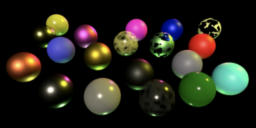
- the article provides a brief overview of the YUV/YCbCr colorspace and a few complications with it
- then show how to use the ycbcr_sampler_conversion to sample YUV textures from a shader more efficiently

- brief unity tutorial that shows how to implement effects that are based on the player position
- such as flowers spawning around the player, or stones moving to form a path in front of the player
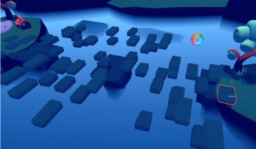
- the article shows the matrices between XYZ colors and sRGB colors
- these numbers vary from the ones found in Real-Time Rendering and Physically Based Rendering
- the author explains how he derived the values and why they are correct

Thanks to Graham Wihlidal for support of this series.
Would you like to see your name here too? Become a Patreon of this series.

